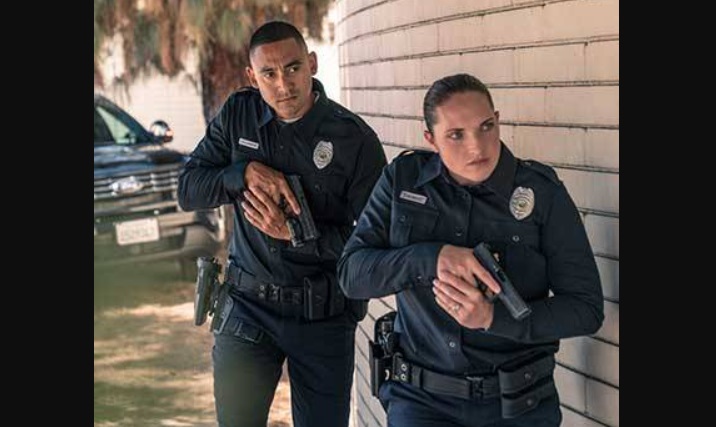
Guest editorial by Bill Partridge, a 35 year veteran of law enforcement, who is the Chief of Police and Director of Public Safety for the City of Oxford, Alabama.
In recent years, law enforcement agencies have witnessed a gradual decline in the perceived authority and command presence of their officers. One contributing factor to this phenomenon is the diminishing importance placed on the Class A uniform, a symbol of professionalism and authority within the law enforcement community. This article explores the significance of command presence and advocates for a renewed focus on the Class A uniform as a means to restore its impact in law enforcement.
Command presence refers to the ability of an officer to project authority, confidence, and control over a situation. It plays a crucial role in establishing respect, maintaining order, and ensuring the safety of both officers and the public. The Class A uniform, with its crisp appearance, polished insignia, and neatly pressed garments, has historically been an instrumental tool in conveying this command presence.
Over the years, law enforcement agencies have gradually moved away from the traditional Class A uniform in favor of more practical and comfortable options. While this shift offers benefits such as enhanced mobility and adaptability, it has inadvertently led to a loss of the symbolic power associated with the Class A uniform. As a result, officers may struggle to project the same level of authority and professionalism that was once synonymous with the uniform.
Recognizing the value of command presence, law enforcement agencies must emphasize the importance of the Class A uniform as a symbol of authority. This can be achieved by reinforcing the significance of proper grooming, uniform appearance, and adherence to established dress standards. By doing so, agencies can restore the impact of the Class A uniform and its role in projecting command presence.
To ensure officers understand the importance of command presence and the role of the Class A uniform, law enforcement agencies should incorporate comprehensive training and education programs. These initiatives can encompass topics such as uniform standards, personal appearance, body language, and effective communication techniques. By equipping officers with the necessary knowledge and skills, agencies can empower them to project command presence effectively.
Command presence not only influences officer effectiveness but also plays a vital role in building public trust. When members of the community perceive law enforcement officers as professional, authoritative, and in control, it fosters a sense of security and confidence. The Class A uniform, when worn with pride and attention to detail, can contribute to this positive perception, ultimately strengthening the bond between law enforcement and the communities they serve.
The art of command presence is a critical component of effective law enforcement. By recognizing the significance of the Class A uniform and revitalizing its impact, agencies can empower their officers to project authority, professionalism, and control. Through training, education, and a renewed focus on uniform standards, law enforcement can restore the lost art of command presence, enhancing officer effectiveness and building public trust in the process.